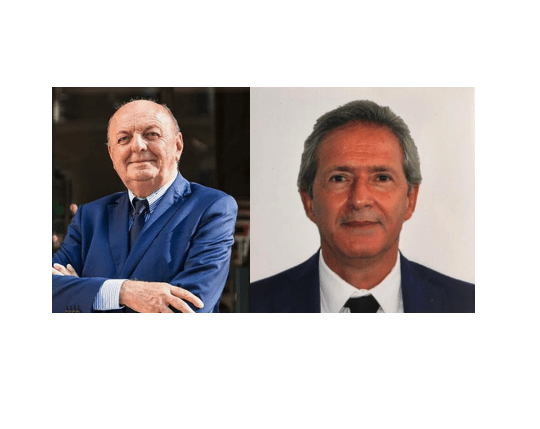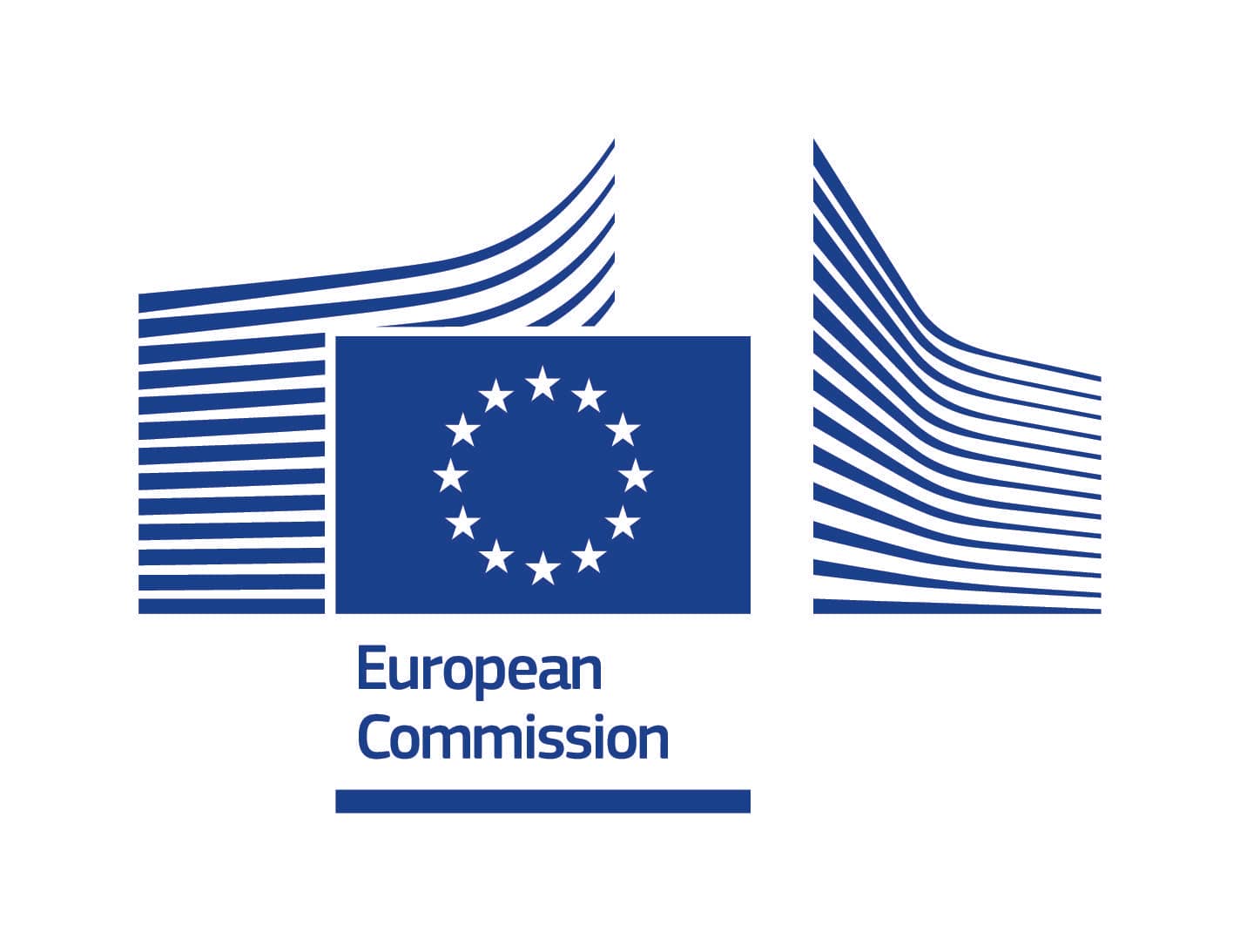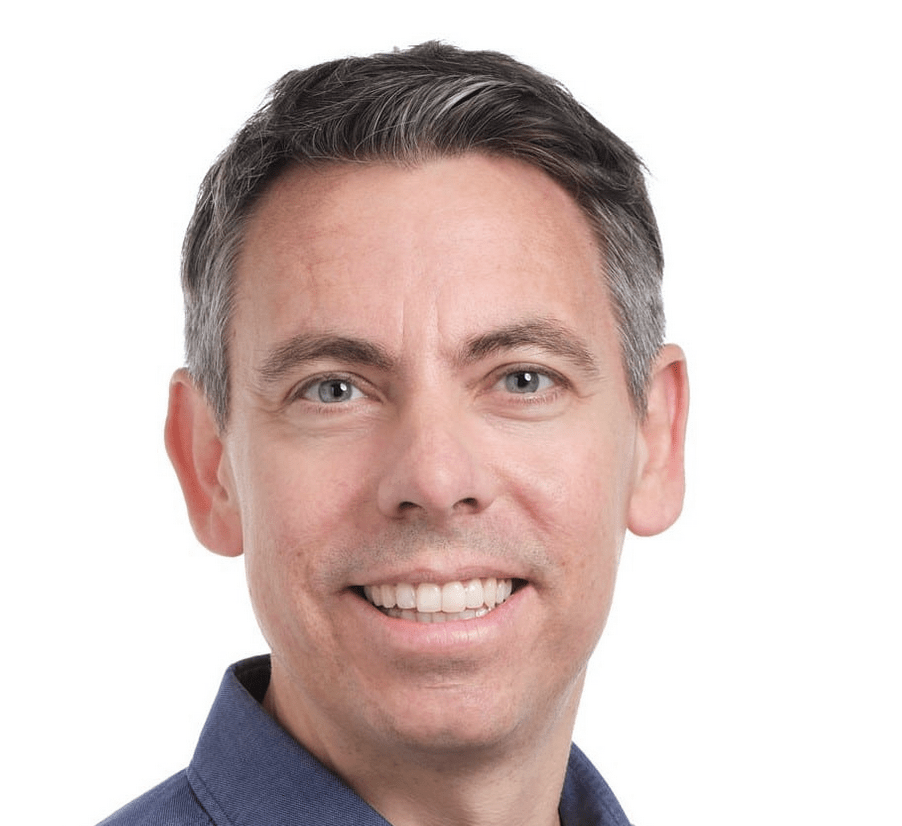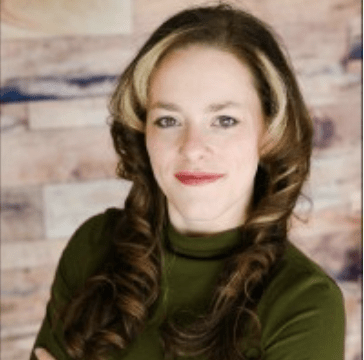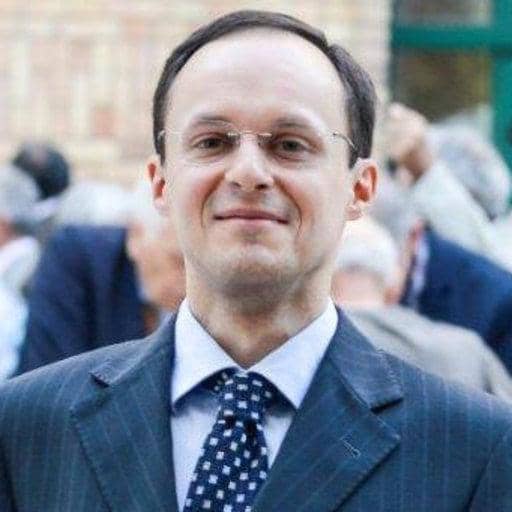Intervista di Sfen a Gilberto Pichetto e Stefano Monti
Qui di seguito l’intervista, fatta da Sfen (tradotta in italiano), del Ministro Gilberto Pichetto e del Presidente di AIN Stefano Monti. L’Italia pone le basi giuridiche per il rilancio del programma nucleare Il 2 ottobre è stata raggiunta una nuova pietra miliare nel rilancio dell’industria nucleare italiana. Il Consiglio dei Ministri ha adottato definitivamente il disegno di legge delega per lo sviluppo di una “nuova energia nucleare sostenibile”. Una volta approvato dal Parlamento, questo testo consentirà di definire il quadro normativo necessario per il nuovo programma nucleare italiano. Giorno dopo giorno, l’energia nucleare sta tornando alla ribalta in Italia. Quattro decenni dopo il risultato referendario del 1987 che aveva indotto il governo di allora a chiudere le centrali nucleari in Italia, l’energia nucleare sta per ritrovare un quadro giuridico. Il governo di Giorgia Meloni ha infatti adottato un disegno di legge a sostegno del rilancio dell’energia nucleare il 2 ottobre 2025. “Con questo provvedimento, l’Italia si dota di uno strumento fondamentale per riflettere in modo realistico e ambizioso sul proprio futuro energetico”, ha sottolineato Gilberto Pichetto, Ministro dell’Ambiente e della Sicurezza Energetica, in un comunicato stampa. “L’energia nucleare sostenibile è una scelta basata su innovazione, sicurezza e responsabilità verso cittadini, imprese e ambiente”. Tuttavia, il testo deve ancora essere esaminato e validato dal Parlamento. Una volta completata questa fase, il Governo avrà 12 mesi di tempo per pubblicare i decreti attuativi. “Resta quindi difficile avere certezze sui tempi e sull’attuazione delle misure legislative” osserva per RGN Stefano Monti, presidente dell’Associazione Nucleare Italiana (AIN). Concretamente, il disegno di legge conferisce al Governo il potere di regolamentare la reintroduzione dell’energia nucleare nel mix energetico italiano. Ciò è volto a supportare la nuova logica energetica europea di neutralità tecnologica per raggiungere gli obiettivi di decarbonizzazione, sostenibilità dei costi e sicurezza energetica. “Queste misure trascendono le precedenti tecnologie nucleari e privilegiano l’uso delle migliori tecnologie disponibili, in particolare quelle modulari e avanzate, per raggiungere i nostri obiettivi”, spiega la Presidenza del Consiglio dei Ministri. Un quadro necessario Il disegno di legge consentirà al governo di definire, attraverso decreti, un quadro legislativo adeguato al rilancio del nucleare. Ciò include, in particolare, lo sviluppo di un “programma nazionale per l’energia nucleare sostenibile”, la creazione di un’autorità indipendente per la sicurezza nucleare, il rafforzamento della ricerca scientifica e industriale, lo sviluppo di nuove competenze e l’attuazione di campagne di comunicazione. Su quest’ultimo punto, “è essenziale attuare un programma di comunicazione a livello locale per promuovere l’accettabilità del nucleare”, sostiene Stefano Monti. Da segnalare che gli enti locali, riuniti in sede di Conferenza delle Regioni e delle Province Autonome, hanno espresso parere positivo sul disegno di legge. “In sintesi, questa bozza di testo delega al governo l’attuazione delle disposizioni necessarie per lo sviluppo del nucleare”, spiega il presidente dell’Associazione Nucleare Italiana (AIN). “È essenziale per il rilancio del nucleare in Italia. Senza di essa, saremmo con le mani legate”. Questa necessità implica in particolare la ricostituzione di un’autorità di sicurezza competente per la realizzazione di nuove centrali nucleari. “Le attuali missioni dell’ISIN [Autorità di Sicurezza Nazionale] si concentrano sulle attività di decommissioning e gestione rifiuti radioattivi. Deve ora essere rafforzata con risorse umane e dotata di un mandato per la supervisione delle nuove centrali nucleari in accordo con gli standard internazionali”. Allo stesso tempo, il settore non si ferma. “L’industria avvierà uno studio di fattibilità per l’integrazione del nucleare nel mix energetico italiano, concentrandosi inizialmente sugli SMR di terza generazione”, continua. “Sono in corso anche lavori per rafforzare la filiera italiana, nonché per trovare partner internazionali a supporto della ripresa nucleare. Già da giugno 2025, l’Italia si è unita ad altri tredici paesi europei nell’Alleanza Nucleare Europea, dopo averne precedentemente fatto parte come osservatore. Nel maggio 2025, Enel, Ansaldo Energia e Leonardo hanno creato una nuova struttura denominata Nuclitalia. Oltre ad analizzare le opportunità di mercato, la missione di questa società è quella di trovare partner interessati a iniziative di co-sviluppo. “Abbiamo bisogno di un partner forte che possa fare leva sulla filiera italiana per supportare la ripresa”, sottolinea Stefano Monti. Anche sul fronte governativo, l’approccio di partnership è in corso. EDF e la sua controllata italiana Edison hanno firmato un memorandum d’intesa con Ansaldo Energia e Federacciai nel luglio 2024 per esplorare le condizioni per un ritorno al nucleare in Italia, in particolare per decarbonizzare il settore energivoro. Ritorno al Futuro La ripresa dell’Italia è iniziata dopo l’invasione russa dell’Ucraina e la conseguente crisi energetica. La penisola è stata particolarmente colpita, con un tasso di dipendenza energetica pari al 73% nel 2020 (rispetto a una media UE del 58%) e un consumo di gas che nel 2021 ha rappresentato quasi il 50% del mix elettrico. Queste difficoltà hanno modificato l’opinione pubblica sulla questione dell’energia nucleare nel Paese. In un’intervista al Financial Times del 2024, il Ministro dell’Ambiente e dell’Energia ha annunciato l’obiettivo di una produzione nucleare pari ad almeno l’11% dei consumi entro il 2050.L’Italia ha gestito centrali nucleari dagli anni ’60 fino alla metà degli anni ’90. Questa dismissione graduale è stata dovuta al forte rifiuto da parte della popolazione dell’energia nucleare dopo l’incidente di Chernobyl del 1986. All’inizio del millennio, il governo di Silvio Berlusconi ha tentato brevemente di rilanciare un programma nucleare. Nel 2008, Roma annunciò l’intenzione di costruire quattro EPR in partnership con EDF ed Enel, prima che l’incidente di Fukushima nel 2011 e il successivo referendum ponessero fine a questo progetto. ■

